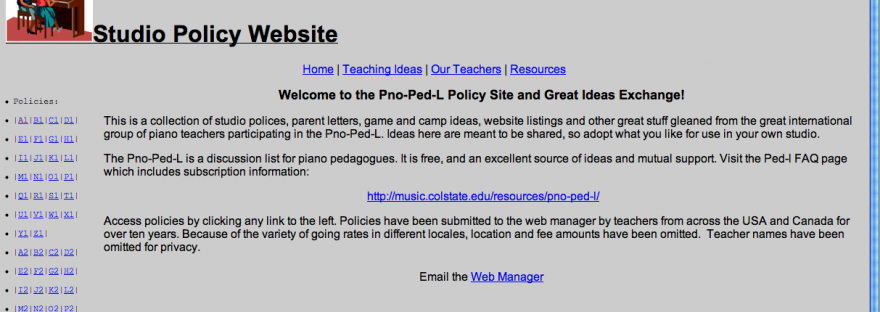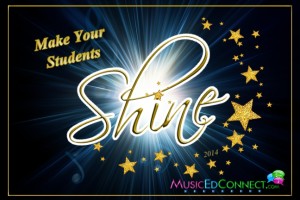
Hello, readers!
I just wanted to help spread the word about a new online conference for music educators scheduled for February 5-8, 2014. MusicEdConnect.com has recently announced the lineup of speakers for the sessions and it looks great! Conference registrants can watch the sessions live online or they can check out the videos later, on-demand.
You can check out the full list of sessions here. I excited to announce that I will be giving a session on February 6 called “Building Musicianship Through Games & Activities.” During this session, I will talk about the value of teaching through games and how teachers can go about choosing or creating games that will teach the concepts they wish to reinforce in their students. I will also be demonstrating some of the games that are available here on my blog.I just wanted to help spread the word about a new online conference for music educators scheduled for February 5-8, 2014. MusicEdConnect.com has recently announced the lineup of speakers for the sessions and it looks great! Conference registrants can watch the sessions live online or they can check out the videos later, on-demand.
Below is the official press release from the folks at MusicEdConnect.com. Read it over and then check out their website and facebook page for more info.
Good news: MusicEdConnect.com is giving away one free conference registration to one lucky blog reader from Color In My Piano! To enter, please leave a comment below this post describing one of your students’ favorite games (it can be a group game or an individual game). The deadline to enter is Midnight EST on October 16, 2013. The winner will be randomly selected the next day. I can’t wait to read your comments! Continue reading “Don’t Miss the 2014 MusicEdConnect.com Online Conference”


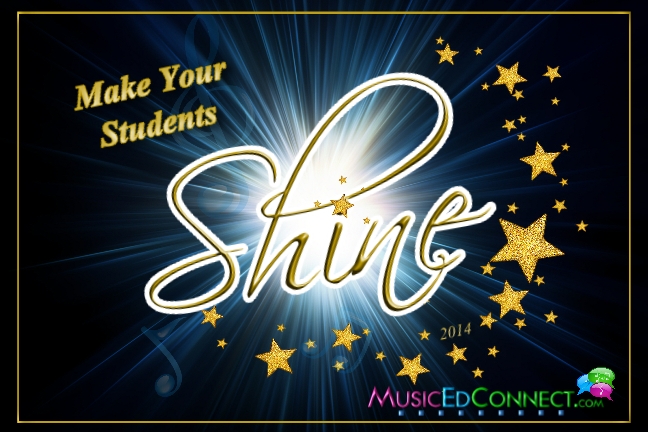
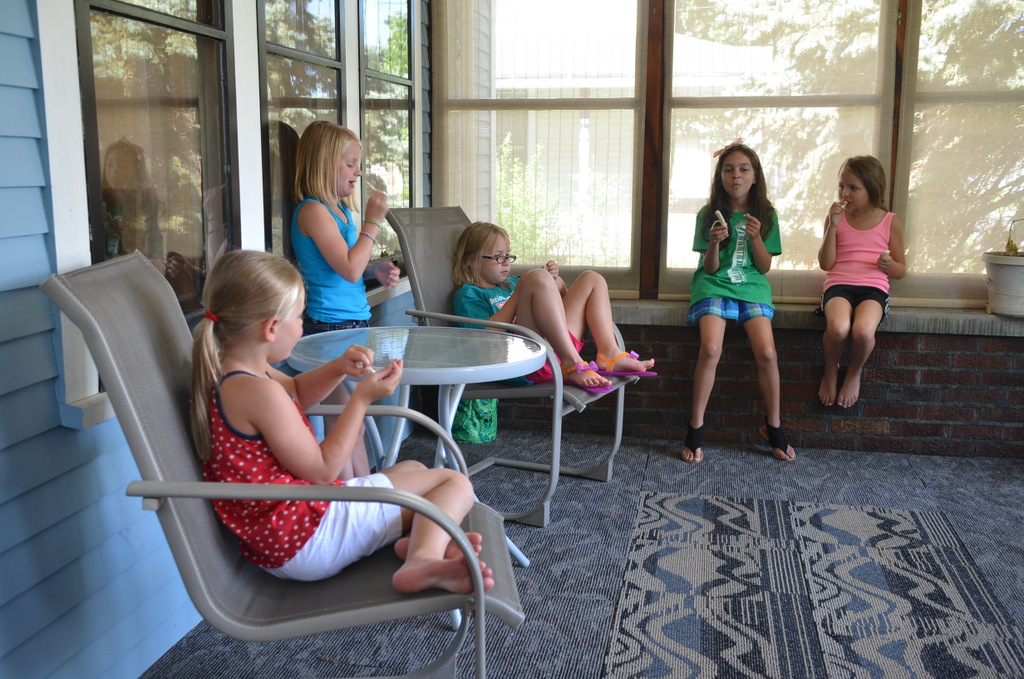
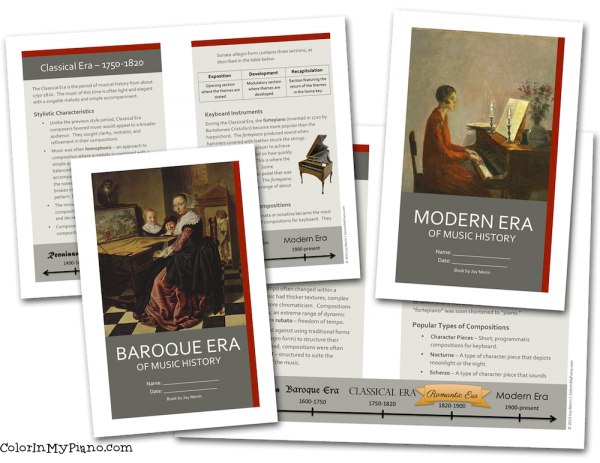
 Tenuto
Tenuto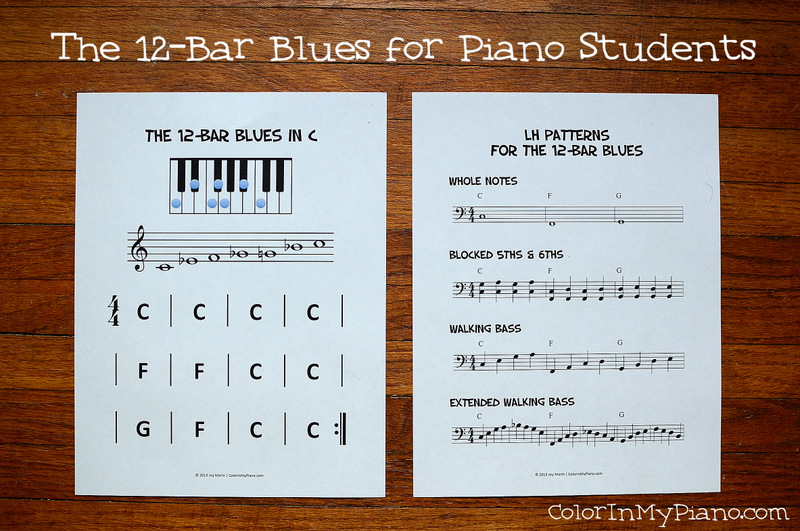
 My blogging has been rather sporadic so far this month — this is a busy time of year for piano teachers, isn’t it! I’m so glad my Spring Recital is over, but this month is still somehow very booked. 🙂
My blogging has been rather sporadic so far this month — this is a busy time of year for piano teachers, isn’t it! I’m so glad my Spring Recital is over, but this month is still somehow very booked. 🙂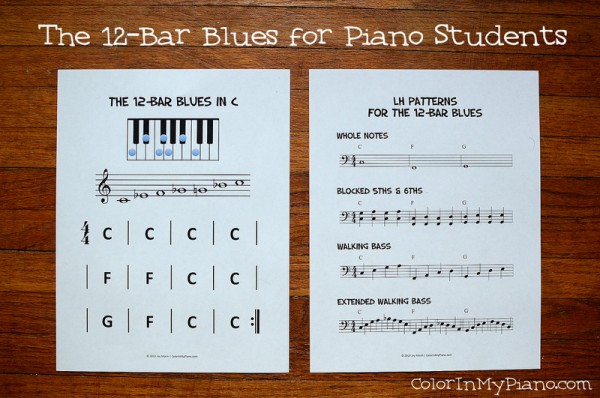

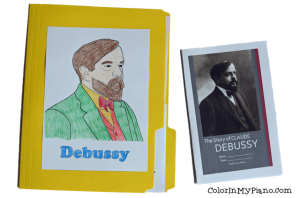 Today marks the four-year anniversary of Color In My Piano! HOORAY! It’s been such an exciting year. THANK YOU all for your support and for making this blog such a fun place to share resources and ideas with each other. I can hardly believe Color In My Piano has been online for four years.
Today marks the four-year anniversary of Color In My Piano! HOORAY! It’s been such an exciting year. THANK YOU all for your support and for making this blog such a fun place to share resources and ideas with each other. I can hardly believe Color In My Piano has been online for four years.


 Just a quick story to share today…
Just a quick story to share today…

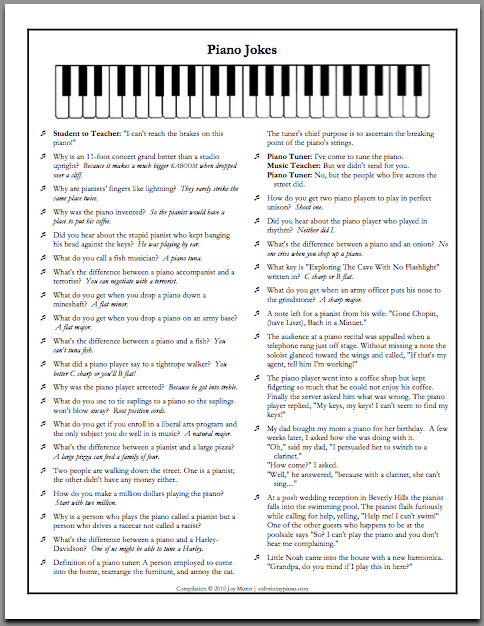
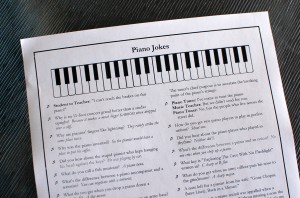 I’ve just compiled list of kid-friendly piano jokes…read on below to check them out!
I’ve just compiled list of kid-friendly piano jokes…read on below to check them out!